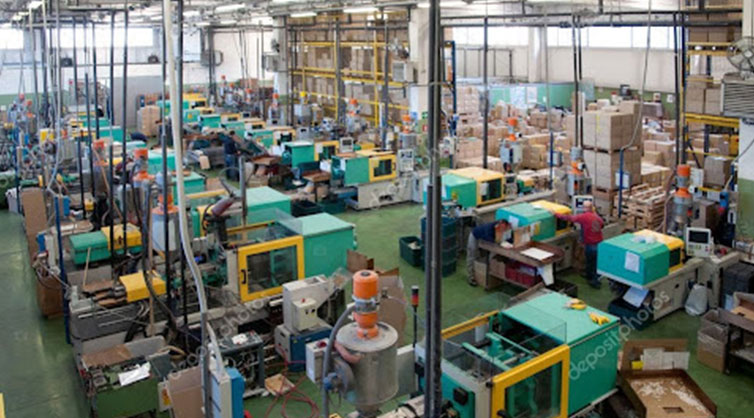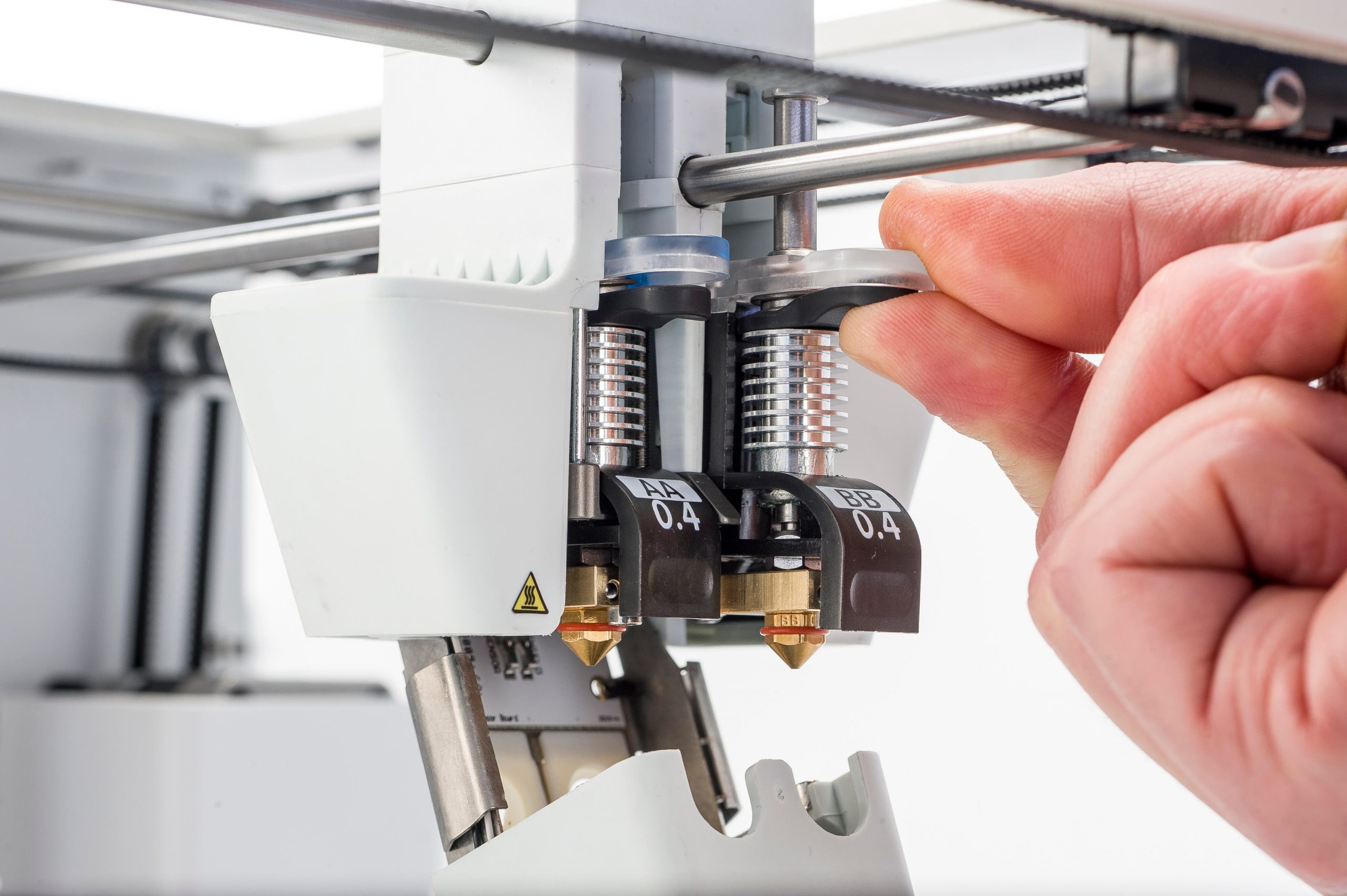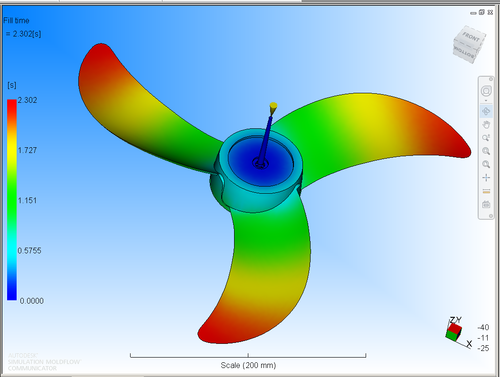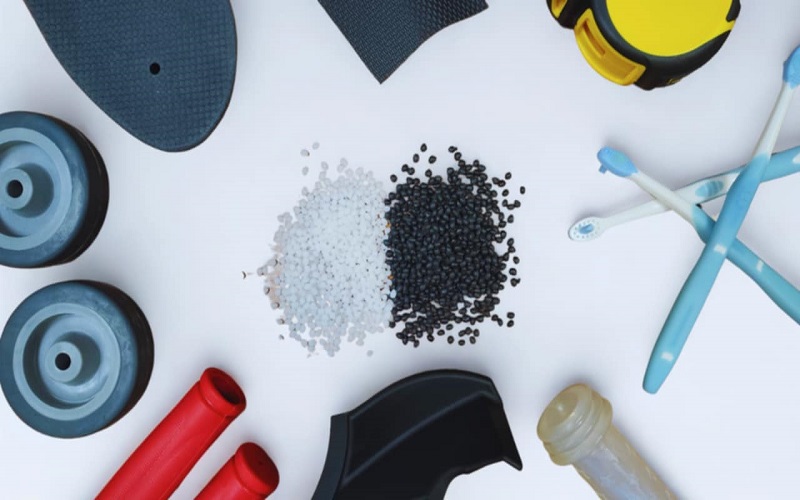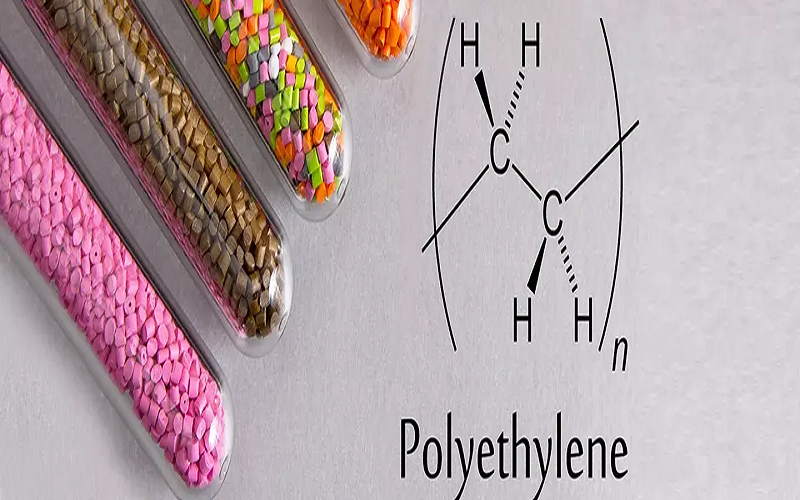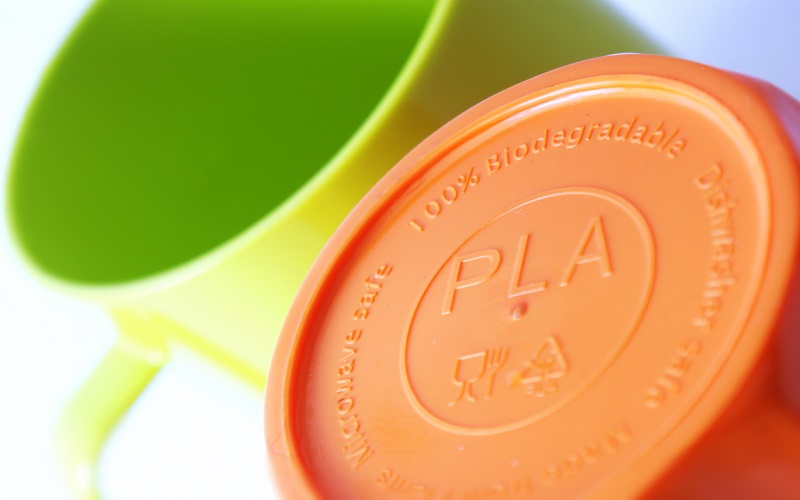
A Complete Guide to Understand CNC Machining
- Home
- > Blog
CNC Machining has been part and parcel of manufacturing for years now, and it continues to play a central role as more companies switch to automation. The cost of setting them up is also coming down rapidly as their production is ramped up. However, the entire CNC machining concept is still foreign to many people, especially those looking to get into the manufacturing space. So what exactly is CNC machining?
We are going to examine what the concept is all about, look at the advantages and disadvantages of CNC machining, how it works, their applications in the industry, the materials used, and other important information. If you have been considering getting into CNC machining, then this is the perfect guide for you.
Table of Contents
What is CNC Machining?
Computer Numerical Control (CNC) machining is a manufacturing technology that involves the removal of materials from a solid block using a number of cutting tools. It is what is described as subtractive manufacturing, where instead of adding things to form whole parts, it is a complete part that is being hollowed out to create something new. This form of manufacturing has a very interesting history that dates back to the 18th century where they were powered by steam and were purely mechanical.
The first programmable CNC machining was invented in the early ’50s at MIT, where it was used for punching attendance cards for workers. This further developed in the ’60s, once computers started being part of the manufacturing process. The modern types of CNC machines are now very advanced, working autonomously using very sophisticated software. Now the process is being heavily used for all kinds of manufacturing like the aerospace and auto molds.
CNC Machines Types and Uses
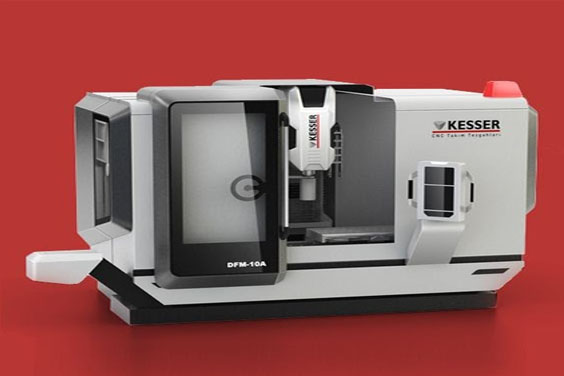
Source: Pinterest
There are many types of CNC machines, each designed to handle specific functions on the manufacturing floor. Each is inspired by the needs of the prevailing time and their sole purpose is to make manufacturing easier, faster, and less costly. The following are the main types of CNC Machines available right now.
CNC Milling Machine: This is among the most common types of CNC machines that can be found in most manufacturing plants. They are equipped with drilling and cutting tools that are used to alter the shape of varying materials using automated software. The materials are simply placed inside the milling machine, and the drilling and cutting tools handle the rest. CNC milling machines come in three to six-axis configurations.
CNC Plasma-Cutting Machine: These are CNC machines that are also used for cutting, but rather than using cutting and drilling tools, they use a special plasma torch that is hot enough to cut through metals in a very clean and precise manner. The temperatures of a plasma beam can be as high as 10,000 degrees Fahrenheit, with some going all the way up to 50,000 degrees. These are more efficient than milling machines, but they use more power in the process.
CNC Lathe Machine: These are CNC machines that have the ability to rotate materials when they are in operation. The number of axles on them is fewer compared to the other types, and this means they are smaller and more compact, making them portable and easy to use. They come equipped with a lathe at their centers which is responsible for manipulating and moving materials that are added into the machine. These movements are controlled by a computer program.
CNC Laser-Cutting Machine: The CNC laser-cutting machine is almost similar to the plasma-cutting machine, but instead of a plasma torch, they use a laser beam to cut through some of the toughest materials around. Their cutting accuracy is much higher, although they are not as strong as plasma torches. Just like their counterparts, they use a lot of energy to cut through things and should only be used when necessary.
CNC Electric Discharge Machine: This is a CNC machine that makes use of electric discharges to get things done. It uses electric sparks to be specific to manipulate materials into any shape that you desire based on the programmed code that’s been fed into the machine. This electrical discharge has erosive power that’s responsible for deforming materials that are exposed to it; the CNC machine then takes advantage of these discharges to shape the object in question into the required form. The amount of electrical discharge and the duration of the discharge is controlled by the computer aiding the machine.
How Does CNC Machining Work?
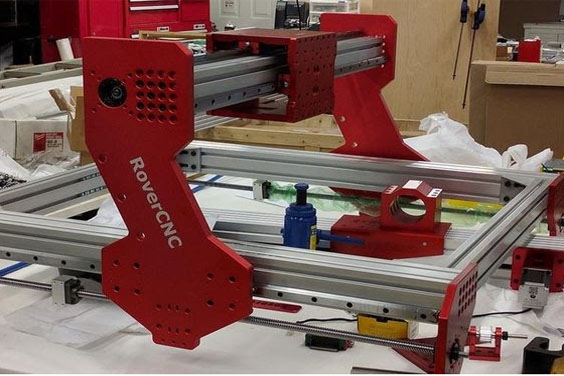
Source: Pinterest
All modern CNC machines are fully automated, and the way they work cannot be compared to most of the other machines in the manufacturing space. The one thing that connects all of them is the use of digital files that are filled with executable instructions. But how exactly do they work?
The first part of the process is the designing and the machining process, where different kinds of tools are used to produce a specific part of an object. These tools can be built from scratch in line with their intended purposes, turning them into reliable workhorses that can be used for a varied number of tasks. The parts are designed using CAD software, and the resulting 3D model is what determines the dimensions of the final products as they will then be based on this prototype. Once the model has been made ready for the fabrication process, the CNC program responsible for dealing with that fabrication is created, and it carries with it a set of coordinates and codes that will be used as instructions once the process begins.
The next step would be to choose the right parameters, and this varies from the speed, the RPMs, the voltage, among many other factors. The geometry of the tooling parts has to be considered in this part in order to come up with the perfect fit. The final part of the entire machining process involves the software creating a nesting which basically means the orientation and placement of the parts relative to the type of raw material being used. This is to make sure that every part of the raw material is utilized with no wastage.
Advantages and Disadvantages of CNC Machining
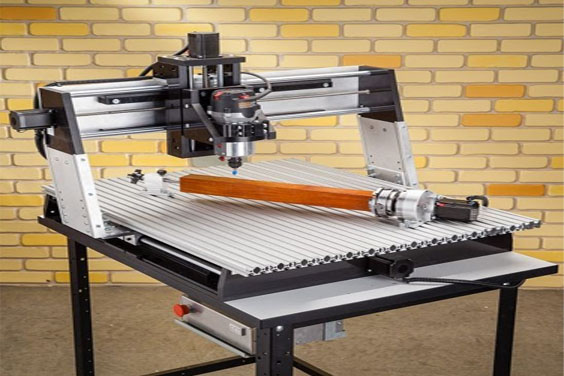
Source: Pinterest
Like any other machine, CNC machines are not infallible. They come as a whole package, with great capabilities that bring a lot of benefits to the table and some drawbacks that make them pain at times. To better understand their working mechanisms, it is important that we explore the advantages and disadvantages of each; they include the following.
Advantages
There’s room for precision components to be made since the digital templates that are fed into the machine are accurate to the very last detail, and once they are executed, the reproduced items are as close to the real thing with very minimal errors. This is something that human workers wouldn’t be able to pull off.
CNC machines have very high insurance and tolerance to extreme work, and they can be utilized round the clock without the parts wearing out or the machine breaking down. You only need to keep them in check with regular maintenance.
They have a high production rate and great scalability. You only need to write a good program, and once it has been fed into the machine, the size of the end product can be modified and made bigger or smaller depending on your needs and preferences.
CNC machines have a greater production capability, thanks to their use of technology and advanced machine parts. The work they put in cannot be replicated by other types of machines, and this makes them one of the most indispensable machines in the manufacturing space.
There’s less labor involved since the work is mostly automated, and this reduces the cost of pasting ages or settling compensation claims in case of an accident. A single CNC machine is able to handle work meant for tens of workers. The only workers needed for running these machines are the technicians who handle their maintenance and repair only.
There’s uniformity in the products that are made using CNC machining because the machines are co trolled by precise programming that ensures repeatability is of the highest level. When uniformity is constant in production, the reputation of the company is usually boosted as consumers tend to associate uniformity with quality.
There are very few errors involved since the involvement of human beings is limited. Humans may be efficient, but they are prone to fatigue, and this affects their productivity in the long run. With CNC machining, work never comes to a stop, and the precision ensures that every error is minimized and entirely eliminated.
CNC machines are safer since they can be operated remotely from a safe distance away. This means that people are not exposed to the dangerous cutting and slashing machines that are common in the manufacturing process. Having fewer accidents is always a welcome thing at any manufacturing plant around the world.
CNC machines allow for design retention once it has been used to produce items. The program used can always retrieve the design from storage and execute it immediately on command without having to start from scratch all over again. This makes them convenient and fast.
The software used to run CNC machines can always be updated at any time, and this makes maintenance much easier for those involved. Even the physical maintenance and repair of the machines is not as complicated as most of the other automated machine types.
CNC machines are also very versatile and can be repurposed for other tasks on the fly. Most come with special features and addons that give molding manufacturers a number of options, and this opens the door for creativity as there is more room for flexibility.
Disadvantages
The cost of setting up CNC machining is prohibitive and beyond what many manufacturers are able to afford. This is why you will only find it in the big factories in the industry. Small-scale factories will find it difficult to find the funds to invest in such an ambitious project.
Machines may be good and automation better, but it is leading to a great loss of skills that have been accumulated over the years. Most of the talented and skilled workers who had been part of the manufacturing process are increasingly finding themselves without work or are reduced to maintaining and repairing the CNC machines.
The machines are heavy and require a lot of space. Choosing to go with them comes with the added cost of having to restructure your factory to be able to accommodate them. This can disrupt normal production, and you may need to take a temporary break for a while.
CNC Machining Applications
Being that prominent of a manufacturing process, CNC machining is used for a number of varied tasks in different industries and been widely used in plastic injection molding service. Depending on the needs, each type of CNC machine can handle drilling, cutting, among other commonplace assembly works. The following are some of the main applications of CNC machining today.
Signage
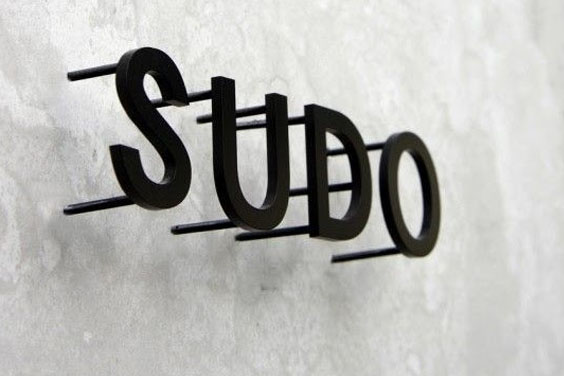
Source: Pinterest
When it comes to creating sophisticated signage, the best way to deal with that would be using CNC machining due to the detailing aspects involved. Whether it is a 2D or a 3D project, CNC machining is the best, the most reliable and the fastest method of making state-of-the-art signage material that can be used as displays for business establishments, homes and other things. All you have to do is create the designs using CAD software and transfer the files to the machine, set the right tools ready, and you will be looking at complete signage in a short while.
Furniture
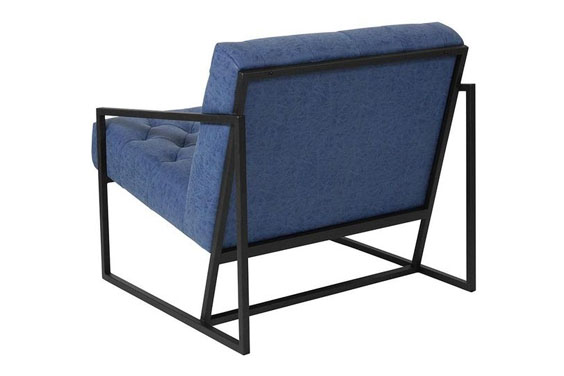
Source: Pinterest
The furniture industry is making full use of CNC machining for mold making because of the accuracy of the tools involved. What would otherwise require a lot of time to make or skilled people to be involved can now be done quickly by CNC machining. This has not only increased the pace of production, but it has opened up the door for more sophisticated forms of furniture molding to be produced, increasing the options for the consumers. Intricate designs can now be produced by a simple push of a button using any type of materials available.
Injection Molding
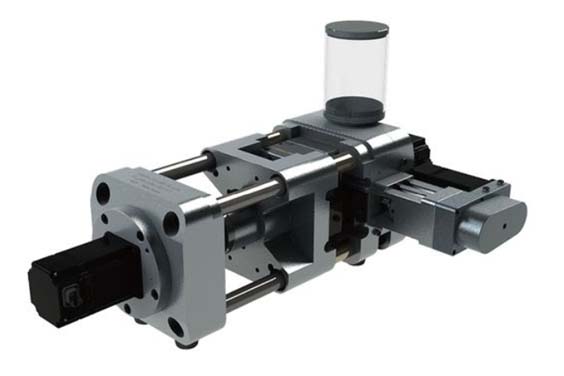
Source: Pinterest
Injection molding is the process where molten raw materials are injected into a mold to create a preset shape of an object for use in other applications. This is the process that is behind the creation of sophisticated parts that are used in consumer appliances, the aerospace industry, among many others. Owing to how intricate the mold making process is and the amount of temperatures involved, the tasks of handling injection mold making are done by CNC machines all the way from design to packaging.
Musical Instruments
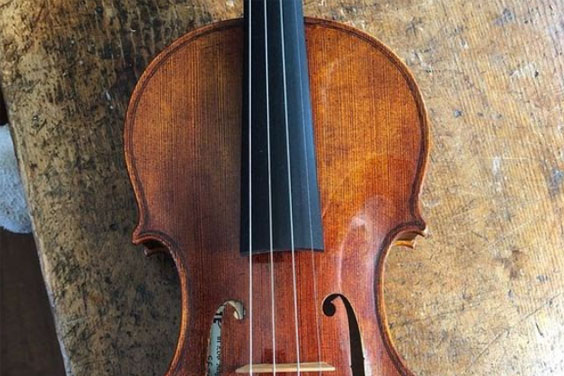
Source: Pinterest
On close observation, musical instruments require a high level of care when carving each part for them to produce the right notes. Handcrafting is one sure way of making sure they come out alright, but that takes a lot of time and requires highly skilled people with experience. With CNC machining, however, this can be done quickly through programming, delegating the finer details of the work to the automated machines. This makes production faster with the products from the assembly line coming out identical, something that consumers love.
Aerospace Industry

Source: Pinterest
The creation of metal shafts and other aircraft parts requires care since they affect the safety of the plane and the people they carry. Leaving this to human hands may not be the best idea, and this is why CNC machining is heavily used in the aerospace industry. It is faster, safer, and can be used to create uniform products that are compatible with each other necessary for ensuring the plan has the right balance needed for it to be operational.
3D Modelling
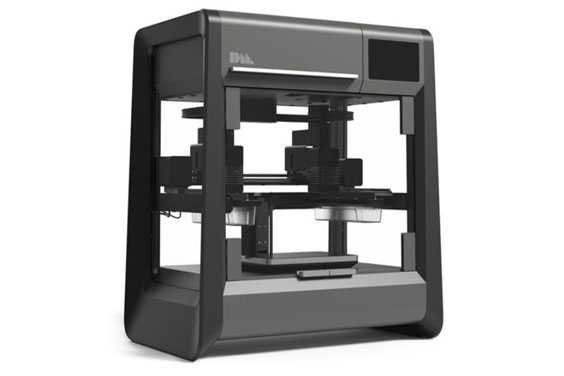
Source: Pinterest
CNC machines have the ability to create 3D models of any size and in large quantities and this has come in handy for the healthcare sector where the need for 3D printed body parts is on the rise. The same can also be applied in the automotive industry for making important plastic and metallic components that make cars more functional and safer for use once they have left the manufacturing floor.
CNC Machining Materials
One of the reasons why CNC machining is used by many manufacturers is the flexibility it brings where raw materials are involved. There’s no limit to what you can create using CNC machining, and this versatility is one of its most endearing attributes. The following are some of the common materials used for CNC machining processes.
Metals
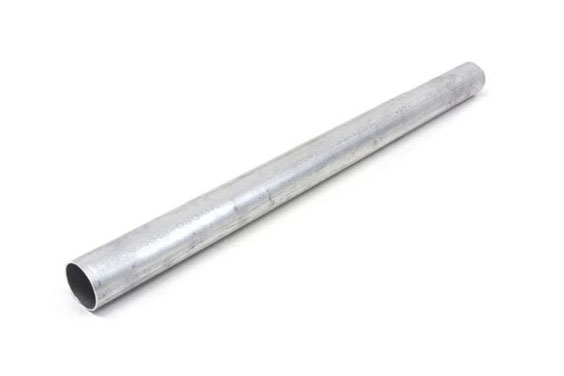
Source: Pinterest
CNC machining makes use of metals and metal alloys in its production processes to make a huge number of items that are used both for commercial and domestic purposes. Some of the most common metals used include the following.
- Aluminum: 6061, 7075 and 5083
- Stainless Steel: 304, 316, 2205, and 17-4
- Alloy Steel: 4140, 4340
- Mild Steel: 1018, 1045, A36
- Tool Steel: D2, A2, and O1
- Brass: C360
Plastics
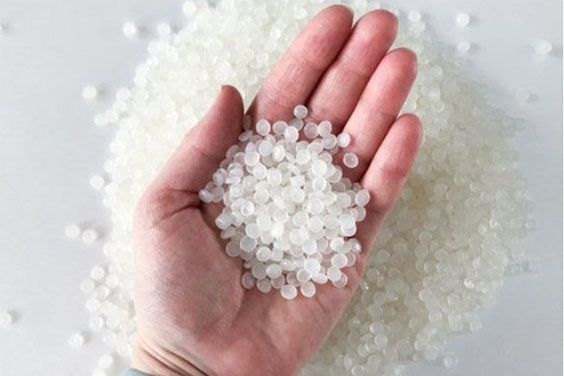
Source: Pinterest
Plastics make up the highest number of raw materials used for CNC machining, especially in the injection molding processes. They are ideal because they are lightweight, are cheap and widely available, melt and solidify easily and are flexible when it comes to colors and textures. Some of the common plastic component types used here include the following.
- ABS
- Polycarbonate
- Nylon
- POM
- PEEK
7 Rules for CNC Machining
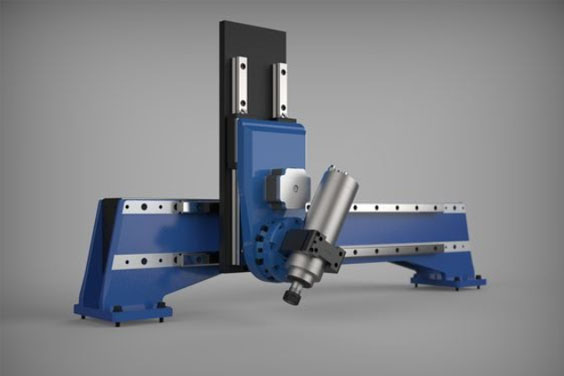
Source: Pinterest
To get the best out of CNC machining, there are certain rules that one has to adhere to. They are not standard rules that have to be followed like the gospel truth; however, having a clear understanding of them is the surest way of gaining the most from the process. These seven rules include the following.
Always use the best and the biggest drills you can find when it comes to making holes or making important cuts on hard materials. They usually have less chance of going wrong, leading to a more refined end product that is able to do what it was designed for.
Always use undercuts when going for right angles as it is better than attempting to cut down on the radius of the corners on your objection. By using undercutting, you are able to make more precise angles and better end products.
Avoid making cavities and holes that are too big as that will create points of weaknesses if the parts that are supposed to fit in there don’t match perfectly. Always try to keep the maximum depth of the cavities to a maximum of 4 times the width.
Avoid making objects that are too tall, and that creates points of weaknesses that can affect the structural integrity of the end products. Objects with taller features usually suffer from vibrations, and that is seen as a safety concern.
Avoid making thin walls in your designs as they too tend to create weakness in the object being made. They are prone to vibrations where metals are involved, and in the case of plastics materials, they tend to warp and soften too easily when exposed to pressure, friction or heat.
Stick to the standards when drilling holes or making cuts. As stated before, there is no guidebook for this, but you have to make your judgment in reaction to the size and nature of the product you are making.
When drilling holes, keep in mind the number of threads to avoid ending up with holes that have endless threads running through them; this makes it hard for bolts to be secured properly. Stick to the standard recommendations in relation to the size of the object.
CNC Machining Vs. Injection Molding
It is easy to conflate these two prices wing to how close their functionalities are to each other. However, there are certain differences that set them apart from each other beyond the surface. The differences include the following.
Lead Costs: When it comes to lead costs, CNC machining edges injection molding. The former only requires CAD software to create the product design needed to be fabricated. Injection molding, on the other hand requires cast mold to be created, and this takes time and money.
Speed: CNC machining is much faster since most of it is automated. Once the design is fed from the CAD software, the process kicks into motion, with robots handling the rest. Injection molding, on the other hand, is only quick when producing individual parts is what you are going for.
Volume: If making individual parts is your kind of thing, then injection molding is the best option for making a high volume of items. CNC machining, on the other hand, is ideal for a small number of precise items. Anything above 100 becomes expensive.
Materials: Injection molding is much more flexible with materials and can cover plastics, rubber, metals, and any other viable thing. CNC machining does cover most of the raw materials, but the ones that are soft, like plastic, tend to suffer and lose their structural integrity.
Conclusion
CNC machining is integral in the manufacturing space around the world, and people are adopting it at a very fast rate due to the efficiency it brings to the table. However, the costs are still too high for some people, and until this changes, the pace will not be as fast as projected. To understand more about CNC machining, check out our website and have all your questions and concerns answered by our team of experts.


